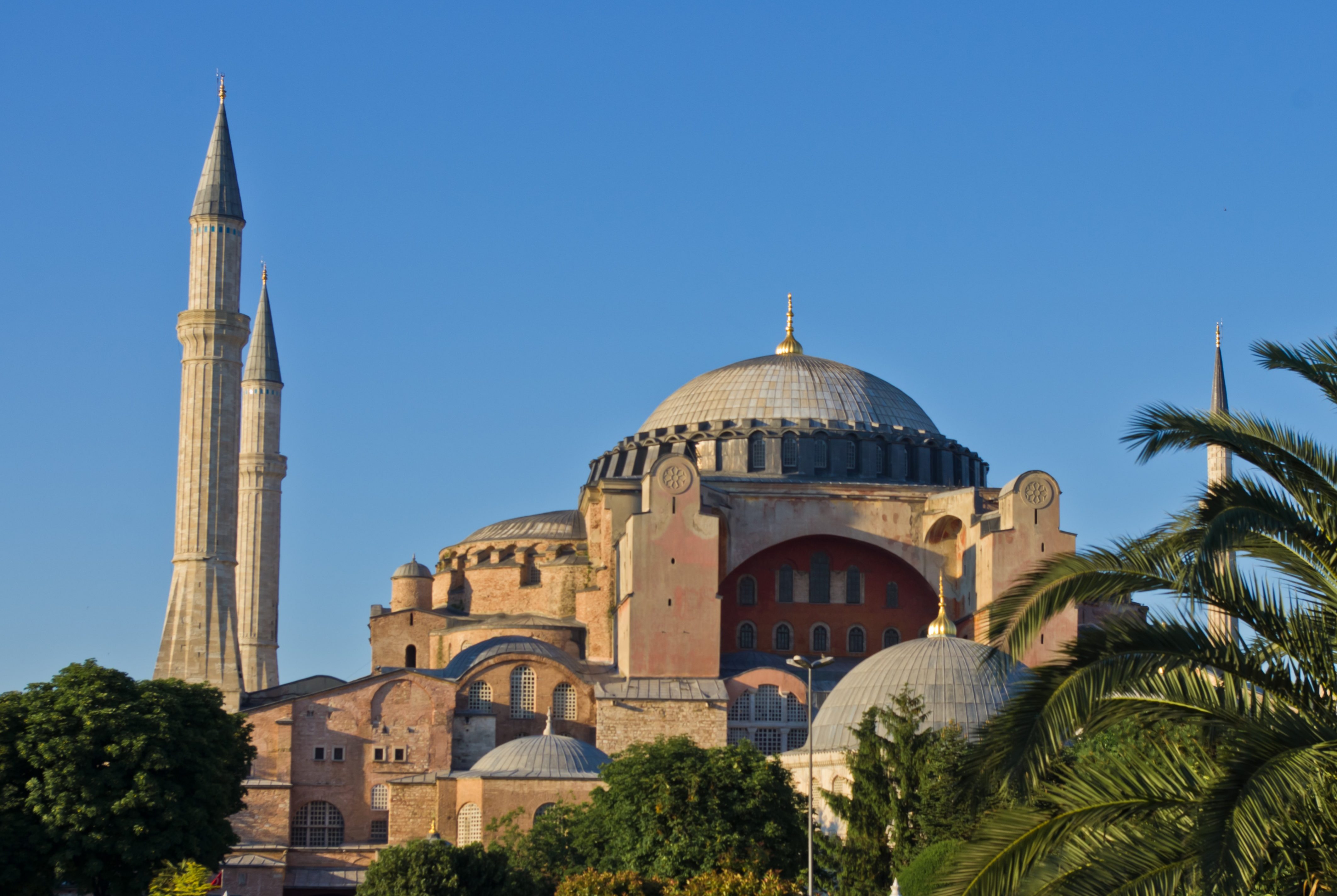Let us try and speculate a few reasons as to why a mighty empire would fall.
The Dark Ages – The Roman Empire had by now been functioning and existing for more than 500 years. The entire Roman Empire was a centralized superstate. But the long lineage of the Kings those ruled the empire were hardly from a singular bloodline. Many of them were non-roman in origin. Their power was based on militarization and fleets of immigrants into the world of the – Anglo-Saxons in Britain, Goths in the southern Gaul, Vandals in the North African continent.
The social inequality – The cultural and architectural glories of the Romans and the roman kings were limited to about some 3% of the total population. The rest dwelled in misery and poverty. Around 380 CE the barbarians and the conquests of the Romans were fed to the wild animals in the barbaric fights at Colosseum and the criminal laws of the Rome prohibited anyone who wished to accomplish a certain amalgamation of property.
The Roman culture – The old empire had employed two key levers of central powerlarge scale taxation, two-thirds of which was then spent on maintaining the second lever, a large professional army. The formative new states of the post-Roman rule were much vulnerable and susceptible to invasions as the boundaries had extended and was a central rule. The characteristic patterns of local Roman life were intimately linked to the existence of the central Roman state, and, as the nature of state structures changed in the post-Roman world, so too did local life. The taxation norms were increased beyond imagination to deal with the expenditures on never-ending armies.
Militarization – The end of the Roman Empire generated many states where previously there had been one, and another casualty of 476 CE was thus the Pax Romana. Warfare became endemic to the former Roman west. The Dark Ages or Early Middle Ages, of western European history—specifically, the time (476–800 CE) when there was no Roman (or Holy Roman) emperor in the West or, more generally, the period between about 500 and 1000, which was marked by frequent warfare and a virtual disappearance of urban life.
The Plague – Ancient sources make the Justinian plague sound positively apocalyptic. According to one account, the people of Constantinople—which was by that point the capital of the Empire—died at such enormous rates that the emperor Justinian had to appoint a special officer in charge of coordinating the removal of corpses from the city’s streets. Thus wanting the commoner class to migrate and move towards the Eastern part of the Empire.
Rise in the belief systems of Christianity
Christians used the infrastructure of the Roman Empire, as well as the Pax Romana, to move from place to place in the empire to spread the Christian message. What is forgotten is that the Roman Empire persecuted the early church quite extensively. Thousands of Christians were martyred or killed at the hands of the Romans, with one of the most famous being the Emperor Nero. Christians died in the Colosseum, fighting wild animals, or were murdered by gladiators.
The Thrive of Christianity over paganism
Among the things that make the Christians different are a couple of rituals which they developed. One of these is an initiation ceremony, which they call baptism, which is simply a Greek word that means dunking. In the 3rd century Christian building… precisely where one would expect to find the statute of one’s god in any of the normal shrines of a religious group, you find what we would think of as a bathtub, with some interesting paintings on the wall behind it. This is the Baptistery. This is the place where people are initiated into this new cult.
Why is that the centre? Why is that the focal point?
Something happens here which is fundamental to the establishment of the identity of a group, which at the same time binds them together so that they speak of themselves with family terms but also separates them, in some sense, from the society around them.

